Equifax has re-opened a Web site that lets anyone look up the salary history of a large portion of the American workforce using little more than a person’s Social Security number and their date of birth. The big-three credit bureau took the site down just hours after I wrote about it on Oct. 8, and began restoring the site eight days later saying it had added unspecified “security enhancements.”
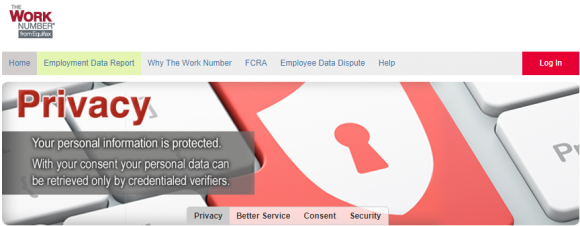
The Work Number, Equifax’s salary and employment history portal.
At issue is a service provided by Equifax’s TALX division called The Work Number. The service is designed to provide automated employment and income verification for prospective employers, and tens of thousands of companies report employee salary data to it. The Work Number also allows anyone whose employer uses the service to provide proof of their income when purchasing a home or applying for a loan.
What’s needed to access your salary and employment history? Go here, and enter the employer name or employer code. After that, it asks for a “user ID.” This might sound like privileged information, but in most cases this is just the employees’s Social Security number (or a portion of it).
At the next step, the site asks visitors to “enter your PIN,” short for Personal Identification Number. However, in the vast majority of cases this appears to be little more than someone’s eight-digit date of birth. The formats differ by employer, but it’s usually either yyyy/mm/dd or mm/dd/yyyy, without the slashes.
Successful validation to the system produces two sets of data: An employee’s salary and employment history going back at least a decade, and a report listing all of the entities (ostensibly, the aforementioned “credentialed verifiers”) that have previously requested and viewed this information.
In a story in the financial industry publication National Mortgage News, Equifax said: “As access to the employee portal is restored, individuals must be re-authenticated and establish a unique PIN. Therefore, the data exposed in the cyber incident will not be sufficient to access The Work Number.” Continue reading




 Arbor Networks said it believes the size of the Reaper botnet currently fluctuates between 10,000 and 20,000 bots total. Arbor notes that this can change any time.
Arbor Networks said it believes the size of the Reaper botnet currently fluctuates between 10,000 and 20,000 bots total. Arbor notes that this can change any time.
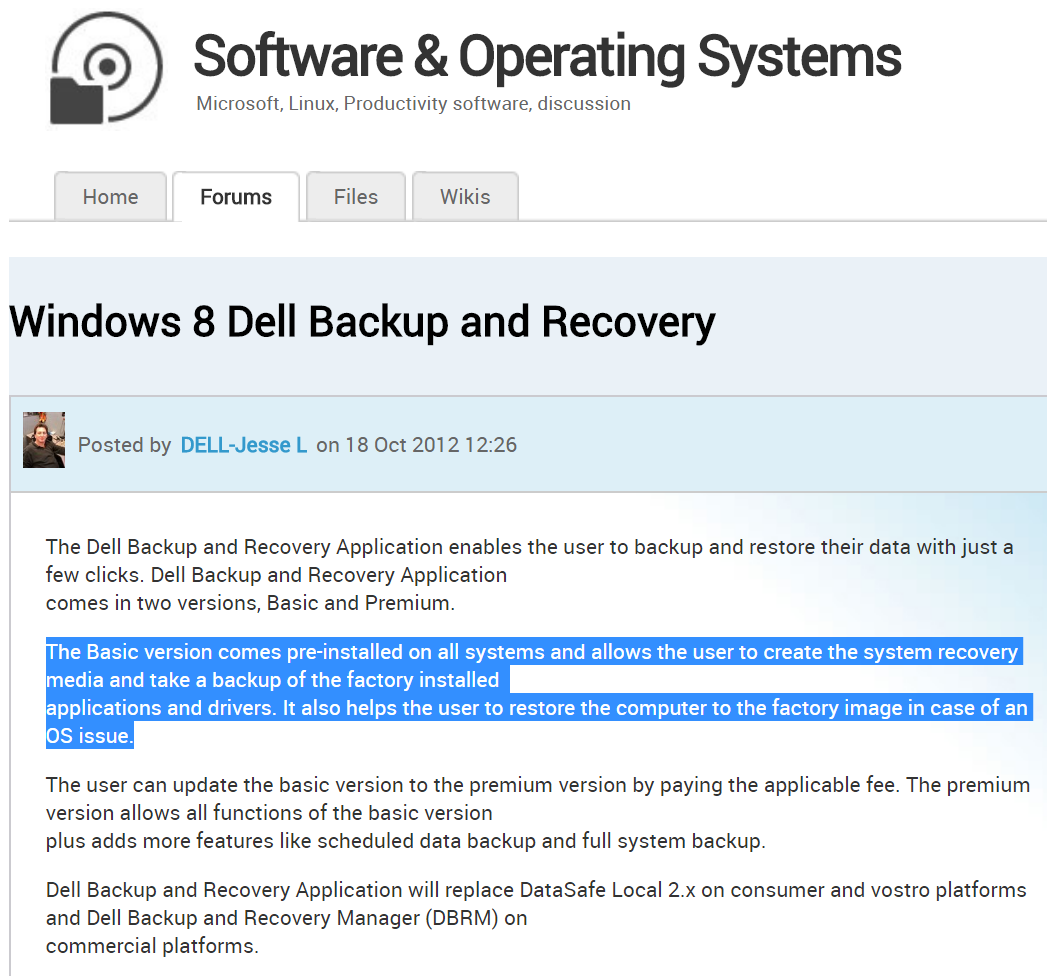
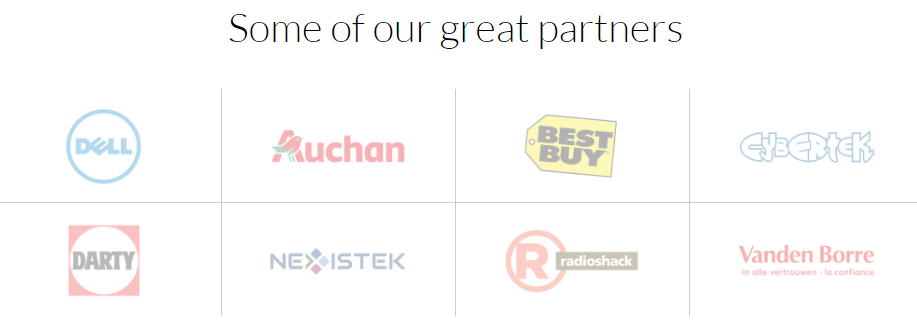

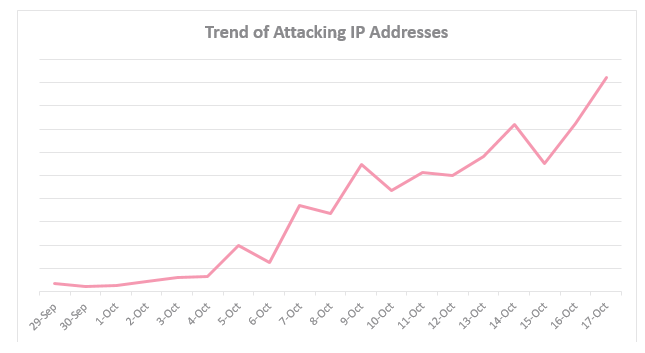
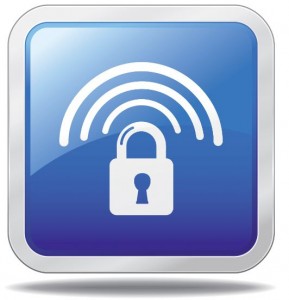

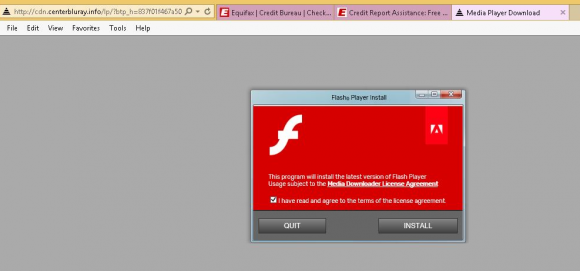
 Hyatt said its cyber security team discovered signs of unauthorized access to payment card information from cards manually entered or swiped at the front desk of certain Hyatt-managed locations between March 18, 2017 and July 2, 2017.
Hyatt said its cyber security team discovered signs of unauthorized access to payment card information from cards manually entered or swiped at the front desk of certain Hyatt-managed locations between March 18, 2017 and July 2, 2017. Roughly half of the flaws Microsoft addressed this week are in the code that makes up various versions of Windows, and 28 of them were labeled “critical” — meaning malware or malicious attackers could use the weaknesses to break into Windows computers remotely with no help from users.
Roughly half of the flaws Microsoft addressed this week are in the code that makes up various versions of Windows, and 28 of them were labeled “critical” — meaning malware or malicious attackers could use the weaknesses to break into Windows computers remotely with no help from users. Previously, Equifax said the breach impacted approximately 400,000 U.K. residents. But in a statement released Tuesday, Equifax said it would notify 693,665 U.K. consumers by mail that their personal information was jeopardized in the breach. This includes:
Previously, Equifax said the breach impacted approximately 400,000 U.K. residents. But in a statement released Tuesday, Equifax said it would notify 693,665 U.K. consumers by mail that their personal information was jeopardized in the breach. This includes: